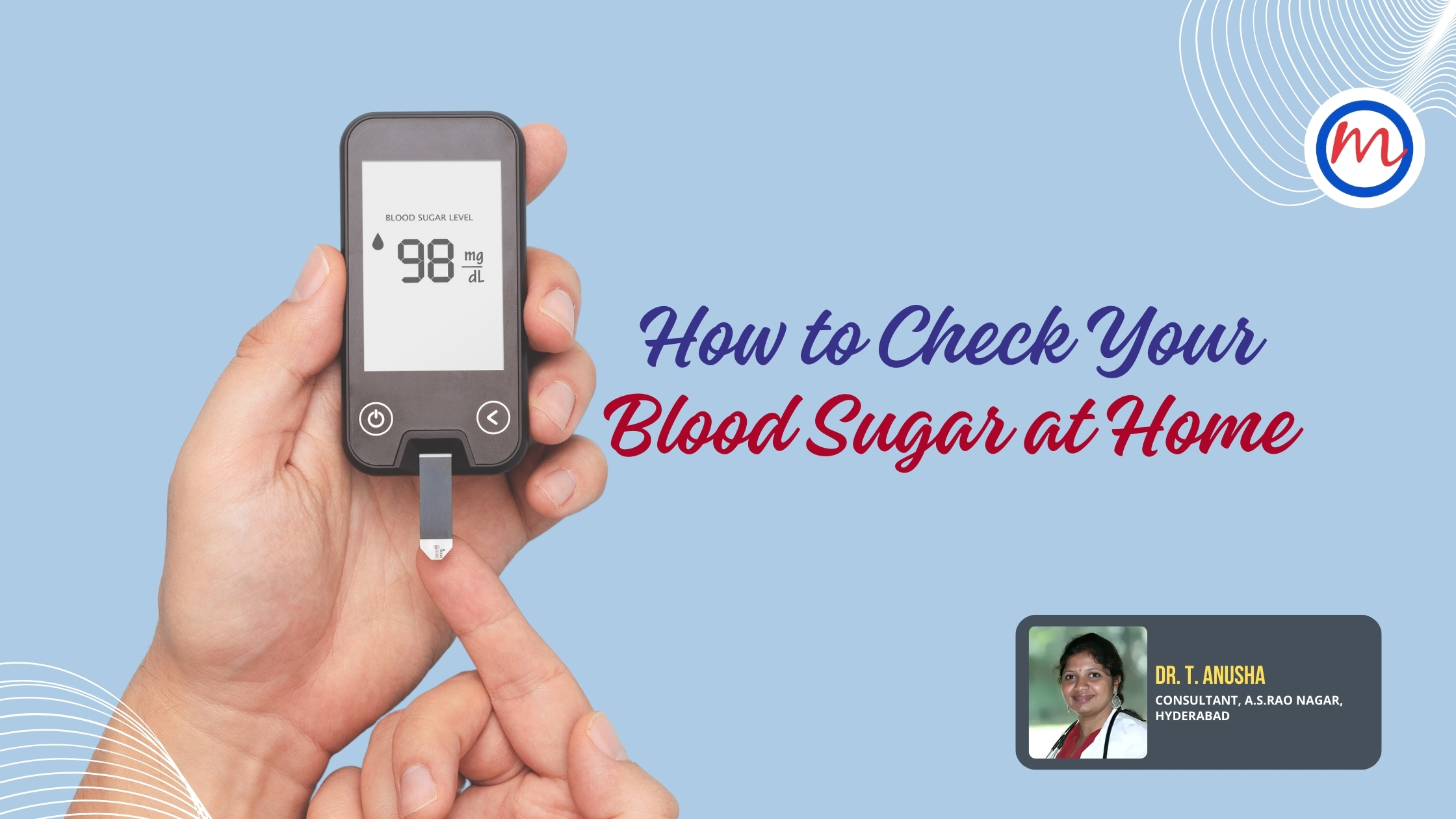How to Check Your Blood Sugar at Home: A Step-by-Step Guide
Monitoring your blood sugar at home is an essential component of effective diabetes management. Whether you’re newly diagnosed or have been living with diabetes for years, understanding how to accurately test your blood glucose levels can help you stay in control of your health and prevent complications. This guide walks you through everything you need to know about checking your blood sugar at home, including tips, tools, and techniques to make the process simple and stress-free.
Why Monitoring Blood Sugar is Important
Keeping track of your blood glucose levels offers insight into how your body is responding to diet, medication, exercise, and stress. Regular monitoring helps you:
• Identify patterns of highs (hyperglycemia) and lows (hypoglycemia).
• Adjust your medications in consultation with your doctor.
• Improve your energy levels and overall well-being.
• Avoid long-term complications such as nerve damage, kidney problems, and vision loss.
Monitoring empowers you to take proactive steps in your diabetes self-care routine, increasing confidence and reducing health-related anxieties.
Different Methods to Check Blood Sugar at Home
There are three main methods commonly used to check blood sugar at home:
1. Glucometer (Finger-Prick Method)
The most widely used device, a glucometer, requires a small drop of blood obtained via a lancet. Results appear within seconds, making it a quick and effective method for daily monitoring.
2. Continuous Glucose Monitor (CGM)
A CGM uses a small sensor placed under the skin to provide real-time blood glucose readings. It reduces the need for frequent finger pricks and is ideal for individuals who want to track patterns throughout the day and night.
3. Urine Glucose Testing
Though less accurate, urine tests may be used as a backup method. These are more useful for detecting glucose presence rather than exact levels and are often used in conjunction with other methods.
Choosing the Right Glucometer
When selecting a glucometer, consider the following features:
• Ease of use – Look for devices with large displays and intuitive buttons.
• Portability – A compact meter is ideal for travel and on-the-go checks.
• Accuracy and reliability – Choose a brand that is clinically validated.
• Additional features – Consider memory storage, smartphone connectivity, and average calculations.
• Cost – Check the price of test strips and other accessories, as they form a recurring expense.
Step-by-Step Guide: How to Check Blood Sugar at Home
Follow these steps for accurate and hygienic testing:
1. Wash your hands with warm water and soap to remove any contaminants.
2. Insert a new lancet into your lancing device and adjust the depth setting.
3. Turn on your glucometer and insert a fresh test strip.
4. Prick the side of your fingertip with the lancing device.
5. Apply the drop of blood to the test strip.
6. Wait for the result, usually displayed within a few seconds.
7. Record the result along with the time, and any notes about meals, medications, or symptoms.
Tips for Accurate Blood Sugar Readings
• Always wash your hands before testing.
• Use new test strips and check expiry dates.
• Rotate fingers to avoid calluses.
• Avoid excessive squeezing of the finger.
• Test at consistent times (e.g., fasting, post-meal, bedtime) to track trends.
Understanding Your Blood Sugar Readings
Here’s a general guide for interpreting readings:
Time of Day Normal Range (mg/dL)
Fasting (before meals) 70–100
2 hours after meals, Less than 140
Note: Ideal ranges may vary depending on age, medication, and other health conditions. Always consult your healthcare provider to understand your personal targets.
Conclusion: Take Charge of Your Health
Learning how to monitor your blood sugar levels at home is a vital step toward managing diabetes effectively. With the right glucometer, proper technique, and consistent tracking, you can:
• Make informed decisions about your diet, exercise, and medication.
• Identify triggers that lead to fluctuations.
• Communicate better with your doctor and adjust treatment plans.
What starts as a routine soon becomes second nature. By staying consistent and informed, you’re actively taking steps toward a healthier, more empowered life.
For more expert advice on diabetes care, visit Dr. Mohan’s Diabetes Specialities Centre.

Leave a Reply